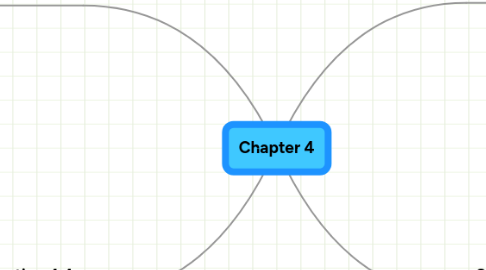
1. Section 4.3
1.1. Designing A Good Observational Study
1.1.1. Types of Observational Studies
1.1.1.1. Retrospective
1.1.1.2. Prospective
1.1.1.3. Case-Control
1.1.2. Advantages of Case-Control Studies
1.1.2.1. Efficiency
1.1.2.2. Reducing Potential Confounding Variables
2. Section 4.4
2.1. Difficulties and Disasters in Experiments and Observational Studies
2.1.1. Confounding variables and the implication of causation in observational studies
2.1.1.1. Cause and effect relationships can be inferred from randomized experiments but not from observational studies
2.1.2. Extending results inappropriately
2.1.2.1. Available data can be used to make inferences about a much larger group if the data can be considered to be representative with regard to the question of interest
2.1.3. Interacting variables
2.1.4. Hawthorne and experimenter effects
2.1.4.1. The hawthorne effect is when participants in an experiment respond differently than they otherwise would, just because they are in the experiment
2.1.4.2. Experimenter effects are when the experimenter has bias results.
2.1.4.2.1. These effects include recording the data erroneously to match the desired outcome, treating subjects differently on the basis of which condition they are receiving, and subtly making the subjects aware of the desired outcome.
2.1.5. Ecological validity and generallizability
2.1.5.1. Ecological validity is when the variables have been removed from their natural setting and are measured in the laboratory or in some other artificial setting.
2.1.6. Using the past as a source of data
2.1.6.1. If possible, retrospective studies should use authoritative sources such as medical records rather than relying on memory.
3. Section 4.1
3.1. Types of Research Studies
3.1.1. Observational
3.1.2. Experiments
3.1.2.1. Randomized experiments
3.1.2.2. Treatments
3.2. Who is Measured: Units, Subjects, Participants
3.2.1. Unit
3.2.2. Experimental Unit
3.2.3. Subject
3.2.4. Participants
3.3. Observational Study or Randomized Experiment?
3.3.1. Observational
3.3.2. Experimental
3.4. Explanatory and Response Variables
3.4.1. Explanatory Variable
3.4.2. Response Variable
3.4.3. Outcome Variable
3.4.4. Dependent Variable
3.4.5. Independent Variable
4. Section 4.2
4.1. Designing a Good Experiment
4.1.1. Randomization:The Crucial Element
4.1.1.1. Randomizing the Type of Treatment
4.1.1.2. Randomizing the Order of Treatments
4.1.2. Control Groups, Placebos, and Blinding
4.1.2.1. Control Groups
4.1.2.2. Placebos
4.1.2.3. Blinding
4.1.2.4. Double Dummy
4.1.3. Pairing and Blocking
4.1.3.1. Matched-Pair Designs
4.1.3.2. Block Designs
4.1.4. Design Terminology and Examples
4.1.4.1. Completely Randomized Design
4.1.4.2. Matched-Pair Design
4.1.4.3. Randomized Block Design
